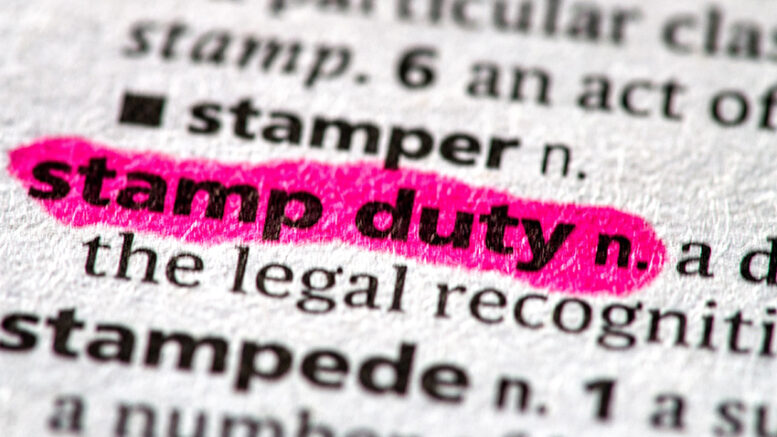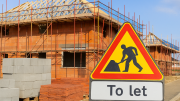New analysis from Enness Global shows London’s ultra-prime property market remains in a league of its own, with one £41 million sale generating a £4.83 million Stamp Duty bill. While headline prices at the top end hold firm, landlords and investors continue to shoulder a far greater relative tax burden across the wider market.
Prime London market remains resilient
Despite a cooling wider housing market, the latest Enness Global analysis of Land Registry data shows that trophy homes are still commanding extraordinary prices. The most expensive transaction so far in 2025 - a detached property on Holland Park, W11 - sold for £41 million, incurring a £4.83 million Stamp Duty charge and requiring a 15% deposit of more than £6 million.
At that price, monthly mortgage repayments would approach £189,000, yet such deals demonstrate that liquidity and international demand remain concentrated in prime London.
Enness Global CEO Islay Robinson said the data “underlines the enduring dominance” of the capital’s luxury segment, adding that “the sums paid reflect both the scarcity and global appeal of trophy homes across England and Wales.”
Regional luxury markets also deliver record highs
Outside London, headline sales remain strong across key regional markets.
- In the South East, a Hampshire estate on Church Lane Farm sold for £9.6 million, with a Stamp Duty liability of £1.06 million.
- The South West saw a Gloucestershire property at Old Rectory change hands for £9.2 million, attracting a £1.01 million tax bill.
- In the East of England, a Hertfordshire home on Loom Lane fetched £7.45 million, adding £807,750 in tax to the Treasury.
Even in the North East, the region’s highest recorded sale this year - Rowantree Grange in Northumberland, sold for £1.78 million - carried a £127,350 Stamp Duty charge.
Across England, these sales underline the ongoing resilience of wealth-driven property demand despite muted mainstream activity and affordability pressures faced by typical buyers.
Stamp Duty divides investors and homeowners
While high-value transactions generate headlines, the figures reignite debate over Stamp Duty fairness - particularly for landlords and investors.
For buy-to-let owners, Stamp Duty surcharges and tighter mortgage interest rules have compounded costs, leaving many paying a far higher proportion of income in transaction tax than ultra-high-net-worth buyers.
Calls are growing for a more balanced system. Industry figures argue that SDLT thresholds should reflect market realities, supporting investment in rental stock rather than penalising it. The issue has re-entered the political spotlight following Kemi Badenoch’s pledge to scrap Stamp Duty on primary homes, a move which, if implemented, would further widen the divide between homeowners and the private rented sector.
Editor’s view
Luxury property thrives where supply is limited and demand is global - but for most landlords, SDLT remains a structural barrier to investment and portfolio growth. As the political debate intensifies, the real question is whether any government will have the courage to reform a tax system that punishes those providing essential housing.
Author: Editorial team - UK landlord & buy-to-let news, policy, and finance.
Published: 9 October 2025
Sources: Enness Global; Land Registry Price Paid Data (Jan–Jul 2025); Bank of England.
Related reading: Stamp duty errors costing landlords thousands in missed SDLT refunds








